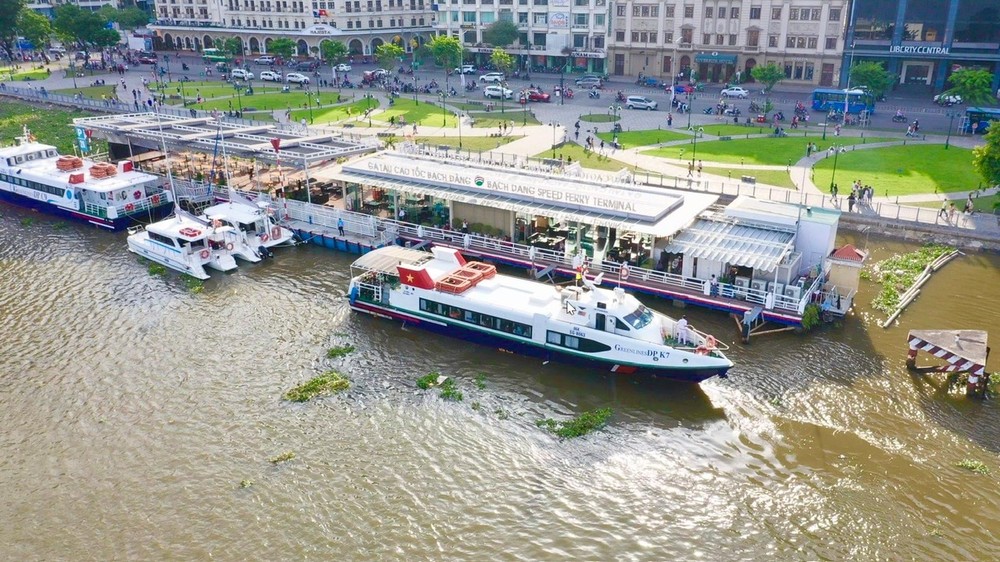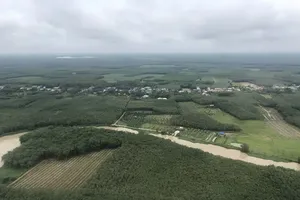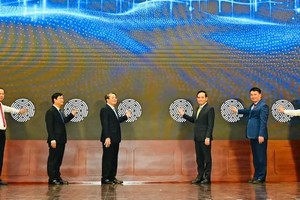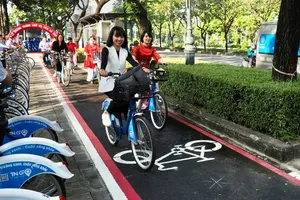
Yesterday afternoon, the Department of Construction of Ho Chi Minh City said that the southern metropolis has been facing serious land subsidence. Two areas have recently suffered rapid subsidence while 40 other areas are witnessing slower subsidence. The total area of subsidence areas in the city is up to nearly 7,200 hectares.
Scientists have used methods to measure land subsidence; as a result, they measured the most subsidence at 28mm. Of which, the area of rapid subsidence with more than 15mm a year is 356 ha and the area of relatively rapid subsidence with a rate of 10-15mm a year is 2,440 ha, the area of average subsidence with a rate of 5-10mm per year is nearly 4,400 ha.
According to the Department of Construction of Ho Chi Minh City, the slow pace of infrastructure development in the existing inner-city districts, except for the existing central area, is unable to correspond to the population growth and housing demand.
The Department pointed out the reason is that budget capital for investment in this field is still limited and construction of infrastructure can’t temporarily be implemented according to planning. The rate of asphalt concrete for traffic and drainage system construction in many districts has not yet reached 10 percent.
Specifically, the existing inner city center area (including 13 districts) has an infrastructure completion rate of 85 percent- 90 percent. The rate of infrastructure completion according to planning in Thu Duc City, Districts 7, 12 and Binh Tan District is on average about 60 percent-65 percent while it is below 50 percent in five suburban districts.
In addition, the development of technical and social infrastructure has not kept pace with urban development’ worse, housing construction investment and infrastructure investment aren’t synchronous. Because the city's urban development is unsustainable, traffic jams, flooding and environmental pollution have occurred.
























